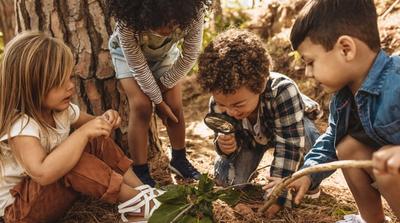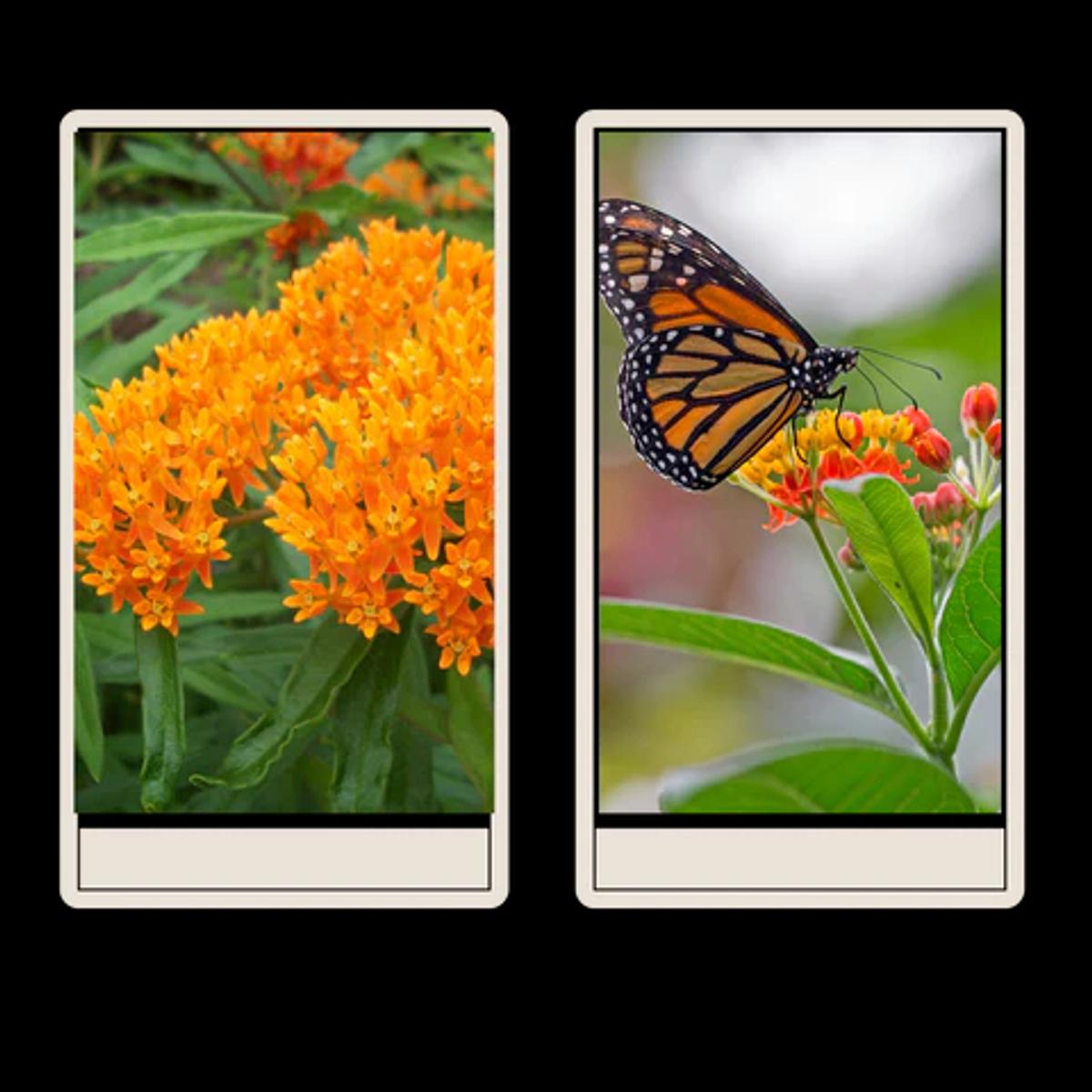How can we teach kids about native plants?

Let’s explore some fun ways to introduce native plants to kids and help them establish a strong connection with nature.

Do you often share tales with your kids about how our backyards used to be before massive urban expansion took over? Those were the days when our outdoor spaces were buzzing with wildlife wonders and resembled mini national parks.
By teaching our kids the importance of native plants and involving them in our native landscape restoration, we can share the joy and wonder we once experienced. By nurturing their curiosity and developing a love for native plants, we can empower our children to become environmental stewards.
So, let’s explore some fun ways to introduce native plants to kids and help them establish a strong connection with nature.
6 Creative Ideas for Teaching Kids about Native Plants

1. Nature Walks
Nature walks are the best way to distract your kids from screens and immerse them in the wonders of the real world. You can take your children out on exploratory walks in your local parks or even in a backyard filled with native plants. Engage them in observing the different plants and ask them to create a journal to note down their fascinating discoveries about various plant species and their supporting pollinators. You can see their curiosity come alive as they explore the fascinating world of nature, one native plant at a time.
2. Hands-on Learning
Involving kids in hands-on gardening is an exciting and interactive way to teach them about native plants. Here's how you can make this experience more enjoyable:
- Gift seeds or plugs: Gift your kids native plant seeds or plugs on special occasions or as a holiday project. Take time to explain a little bit about each species, their unique characteristics, and why these native plants are important for the environment.
- Prepare the garden patch or pots: Help the children prepare a small patch of land or provide them with pots for planting. Show them how to loosen the soil, create small holes, and gently place the seeds or plugs in the ground or pots.
- Guide them through the planting process: Guide the kids through the planting process, demonstrating proper depth and spacing for each plant, along with providing a watering schedule. Encourage children to document the daily growth of their plants. They can record their observations through drawings, photographs, or even a gardening journal. This will allow them to witness the remarkable transformation and development of their native plants over time.

- Compare with lawns or ornamentals: Take the opportunity to discuss the differences between native plants and lawns or ornamental plants. Help children understand how native plants support local ecosystems, attract pollinators, and contribute to biodiversity in comparison to traditional lawn grass or non-native species.

3. Storytelling through books
Discover engaging and educational books that teach kids about the significance of native plants, captivating them through delightful illustrations. These books not only celebrate the beauty of our native landscapes but also impart a deeper understanding on the importance of habitat preservation.
One remarkable book to explore is "Nature's Best Hope: How You Can Save the World in Your Own Yard" by Doug Tallamy, which is designed for children aged 11-14. It offers valuable insights for young readers to make a positive impact in their own surroundings.
For younger readers, "Puddle Garden" by Jared Rosenbaum is an excellent choice. This enchanting tale featuring a lonely bear cub takes children on a journey to appreciate the wonders of nature found in their backyards.
4. Memory Games and Fun Activities
Engage kids in a variety of fun and educational activities centered around native plants. From card games and puzzles to memory games and coloring pages, there are endless opportunities for children to explore and discover the wonders of native flora.
Take, for example, the exciting card game "Go Native Ohio, A Wildflower Card Game" featuring glossy cards showcasing different wildflowers like the Purple Coneflower and Wild Bergamot. This game not only entertains but also helps children identify these plants, making their future visits to native plant gardens or local parks even more exciting. Or, also check out a free card game created by Jared Goodykoontz, designed to teach kids (and people of all ages!) about native plants, invasive species and more here.
Downloadable coloring pages of native flowers also provide a creative outlet for kids to express their artistic talents while learning about different species. Word games and puzzles related to native plants are fantastic ways to test their knowledge and reinforce their understanding.
5. DIY Matching Card Game
When teaching children about native plants, it's important to also teach them about the remarkable relationships these plants share with pollinators. One fun way to help kids explore these plant-pollinator partnerships is by creating a matching game using simple drawings or photographs.

Here's how you can set up this exciting activity: Prepare two sets of cards—a set featuring various native plants like milkweed, coneflower, and more, and another set showcasing native pollinators such as butterflies, bees, birds, and others. Shuffle the cards and invite your little ones to find the perfect plant and pollinator pairs.
You can make two sets of cards - one set featuring different native plants like milkweed, coneflower etc. and the second set featuring native pollinators like butterflies, bees, birds etc. Shuffle the cards and let your kids pick the right plant and pollinator match.
With each correct match, initiate a conversation on how plants and pollinators depend on one another for their survival. Talk about the vital role pollinators play in maintaining healthy ecosystems. This can be also be an excellent opportunity to touch upon the conservation efforts for endangered species like monarch butterflies and discuss different ways to protect and support them.
6. Volunteering with Local Native Plant Societies
Get your kids involved in local native plant societies to heighten their environmental awareness and broaden their knowledge about native plants. By volunteering with these societies, your children can learn from experts and participate in exciting activities such as community planting projects, conservation landscapes etc. It's a chance for them to gain hands-on experience, connect with nature, and develop a sense of responsibility towards the environment.
By teaching our children about native plants, we pass on ecological knowledge and inspire them to care for the environment. Let's embark on this journey together, nurturing a love for native plants in our children. Together, we can create a future where the beauty of our natural landscapes is cherished and protected for generations to come.


Share this article


